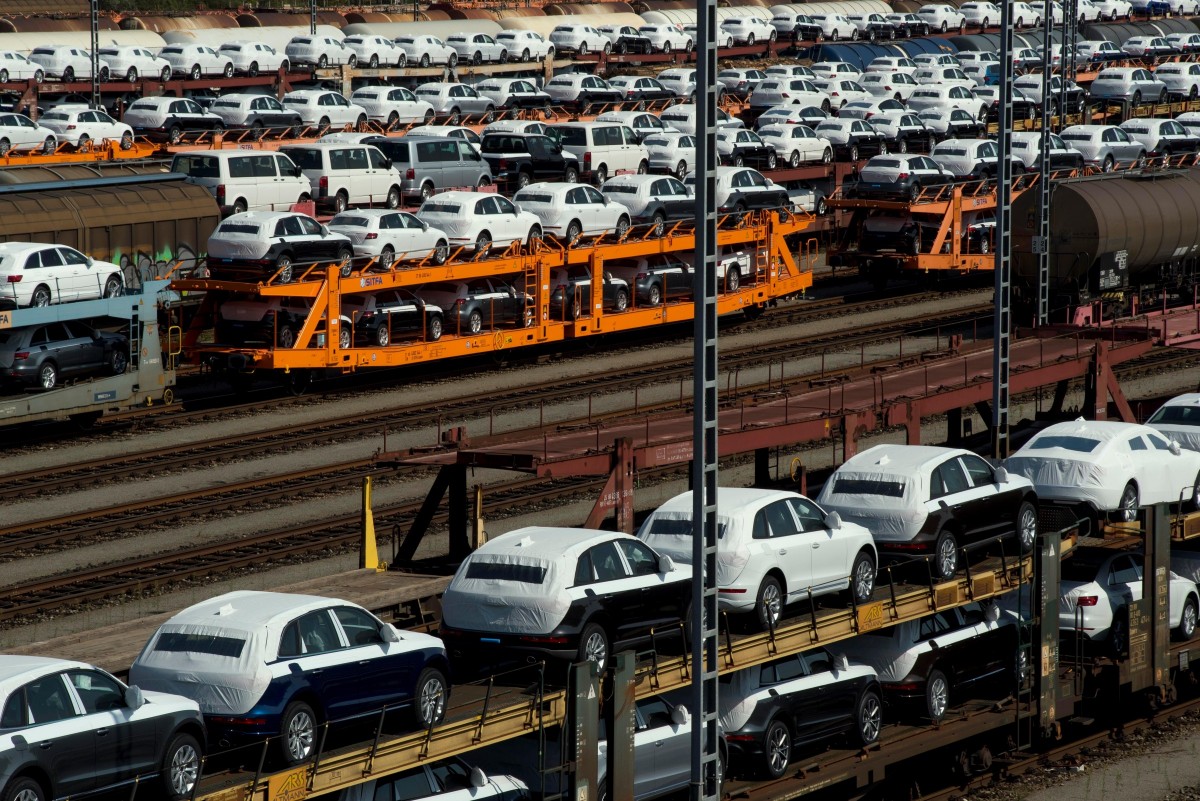Germany: Steady As The Ifo Goes
Another increase in the Ifo index shows how a rebound transitioning into a recovery looks like - slowing but still growing.
Germany’s most prominent leading indicator continues its upward trend but shows a reshuffling of current assessment and expectations.
In September, the Ifo index increased for the fifth month in a row, coming in at 93.4, from 92.5 in August, however, the index still remains below its pre-crisis levels. The current assessment component increased significantly, to 89.2, from 87.9, while the expectations component almost levelled off, coming in at 97.7, from 97.2 in August.

Having said that, the expectations component is at its highest level since November 2018.
Rebound turns into recovery
When assessing the current state of the economy, one needs to make a distinction between rebound and recovery.
While all indicators point to a v-shaped rebound of the German economy in the third quarter, the shape of the recovery remains uncertain and depends substantially on the evolution of the virus and a possible vaccine.
After the worst quarterly performance ever (-9.7% QoQ), the German economy is set to surge by between 5% and 10% QoQ in the third quarter. There is still too little hard data available to give a more precise estimate in these unprecedented times. The Bundesbank’s GDP growth tracker, e.g. currently points to GDP growth of more than 7% QoQ. However, this indicator underestimated the contraction in the second quarter significantly and still needs to prove its predictive powers.
Given the recent softening of leading indicators, however, there is a risk of a double-dip in the fourth quarter, unless social distancing rules are eased further; a very unlikely scenario given the latest increase in new Covid-19 cases.
On a more positive note, some Covid-19 related tensions in the German industry seem to have been alleviated. According to survey data, the lack of equipment and access to finance are no longer concerning issues for production as they were in the second quarter.
Looking ahead, after the strong rebound in the third quarter, the German economy has already entered the next stage of the recovery.
This is the stage at which the mechanical rebound due to lifted lockdown measures comes to a halt and at which the more structural face of the Covid-19 crisis surfaces. This is the stage at which companies start to realise that social distancing and local lockdowns are here to stay for a while. Just think of sectors which are experiencing the long-term impact from Covid-19 (aviation, travel, culture) but also sectors for which Covid-19 has become an accelerator of structural transformation (automotive, financials).
At the same time, other sectors have already returned to pre-crisis levels. Add to this the huge fiscal stimulus which will continue to support the German economy also in 2021 and the narrative of a K-shaped recovery will spread quickly in Germany.



